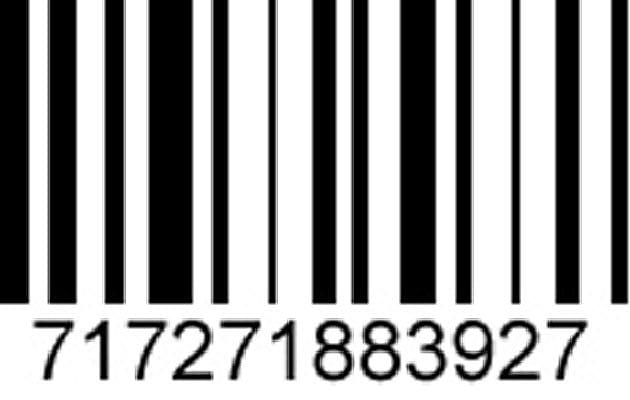|
|
||
|
You’re never far from a bar code. These strips of parallel vertical lines of varying width are ubiquitous enough to be near-invisible. But they are the closest thing humanity has to a universal language – a language we share with machines. It’s a bridge between objects and electronics that makes the incredible complexity of the modern world possible. Groceries in supermarkets, books in libraries, luggage in airports, rental cars, nuclear waste: bar codes keep track of everything. The bar code was invented by Bob Silver and Norman Joseph Woodland, two graduate students at the Drexel Institute of Technology in Philadelphia in the late 1940s. Silver had overheard the president of a chain of supermarkets asking the dean of Drexel’s engineering department to research a device that would reduce cashier errors at check-out – errors that were eating into the supermarkets’ narrow profit margins. The dean wasn’t interested, but Silver was, and with Woodland began to explore the problem. Woodland took Morse code and extended its dots and dashes downwards, creating lines of different widths. A 30-year-old method for embedding a sound track in films – which used a light-sensitive tube – was adapted to read the code. In October 1949, 60 years ago, Silver and Woodland’s system was developed enough for them to file a patent. Nevertheless, the bar code had a long way to go before it could leave the lab. The two things that could make the system work effectively – affordable computers and lasers – were still a long way away. But by the late 60s, bar codes were creeping into complex industrial processes – such as keeping track of rail-freight cars and automobile parts – and their potential usefulness to the supermarkets was clearer than ever. The possible savings were so great that grocery chains put aside their differences to develop a universal system, and in 1973 IBM’s now-familiar 12-digit Universal Product Code design became the accepted standard over more exotic bull’s-eye versions. In 1974, a packet of gum was the first object to be sold with a price read from a bar code. Through supermarkets, the bar code penetrated popular culture. If you look at icon’s limited-edition covers for subscribers, you’ll see that one of the things they lack is a bar code. That’s because they’re not sold in shops. Almost everything sold in all but the smallest shops needs a bar code; consequently, it has come to mean “for sale”. It has become visual shorthand for consumerism, for instance in the hands of street cartoonist Banksy. It means “commodity” – acceptable on a newspaper or a tin of beans, vulgar on an artwork, sinister on a human being. And regrettable in architecture, where it has surfaced as the lazy tactic of enlivening a formulaic facade by randomly spacing its windows, a practice derided by film director and architecture writer Saul Metzstein as “barcodism”. As something that is simultaneously everywhere and mysterious, literally coded, it is catnip to the conspiracy theorists and the Doomsday-minded. The spacer bars that divide each bar code into two segments also represent the number 6, so every code contains 666 – allegedly the mark of the beast. The apocalypse-watchers will be thrilled to hear that the bar code is on the rise. As the bridge we have built between objects and information, between the real and the virtual, it is in demand as never before. However there is a new generation of blocky “QR codes”, pixellated ideograms which can be scanned by mobile phones to unlock online content. So this could be the end of the “bars” – those distinctive zebra stripes. |
Words William Wiles |
|
|
||



















